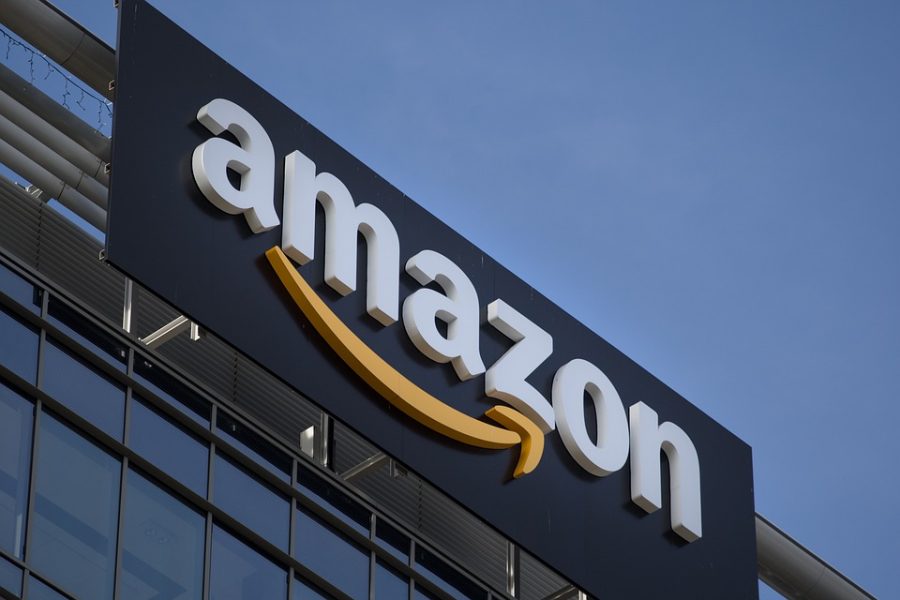Historic unionization in Amazon far from over
April 29, 2022
The Staten Island warehouse workers are not the only ones grateful for Amazon.com, Inc. not taking them seriously; labor movements across the country can learn valuable lessons from this David vs. Goliath underdog story.
“We want to thank Jeff Bezos for going to space, because while he was up there, we were organizing a union,” Chris Smalls, president and co-founder of the Amazon Labor Union said.
For nearly three decades the country’s largest e-commerce company has been able to prosper without any union interference in its organization.
The COVID-19 pandemic fueled the rift between executives and workers further, with employee dissatisfaction reaching a boiling point as the company raked in billions in profits while its essential workers put their safety on the line to fulfill orders.
It was during the pandemic that Smalls was fired and began to organize Amazon’s first union to combat its mistreatment of workers.
The Amazon Labor Union’s victory to organize collective bargaining power is quite inspiring, considering Amazon spent $4.3 million on anti-union consultants. The union received much of its funding from GoFundMe with the current fundraiser sum at $324,000, paling in comparison to the monetary efforts of Amazon, according to The Huffington Post.
If politicians will not take Amazon to task and its executives refuse to make the proper accommodations for its essential workers, then grassroots campaigning is the only answer. Luckily for the Amazon Labor Union, they organized in New York, which is pro-union and one of only two states that has union membership rates over 20%.
The biggest concern for both sides of this debate is the precedent that is being set. One such victory can be a catalyst for unionization in the company throughout the country, as seen by the failed unionization attempt by Amazon warehouse workers in Alabama.
While Alabama is a right-to-work state and may not be as pro-union as New York, the fact that people are organizing is a public relations nightmare for Amazon. Now Amazon must face another unionization vote right across the street from its first loss in Staten Island.
Next up, Amazon and the unionized workers in the warehouse known as JFK8 have to agree on a contract. On average it takes over a year for contracts to be signed between newly unionized workers and their employers, according to a report published by Bloomberg Law.
If Amazon’s history is any indication for the future, they will delay this process as much as they can.
Though Amazon may be worried about unionization across their company, the demands of increased wages, job protection and sick days are only drops in the bucket of profits they have made in the past few years.
While quickly signing a contract with Amazon Labor Union could encourage other unionization efforts, the public pressure and labor movement are gaining more traction than Amazon can handle despite its nearly unlimited resources.
The last thing Amazon wants is some sort of governmental agency like the Occupational Safety and Health Administration coming in to tell them how to treat their workers.
The fact that the company has been pouring so much money into preventing unionization is a clear tell that this is a business decision for profit, not one made to protect its workers, and they should be shunned for it.







